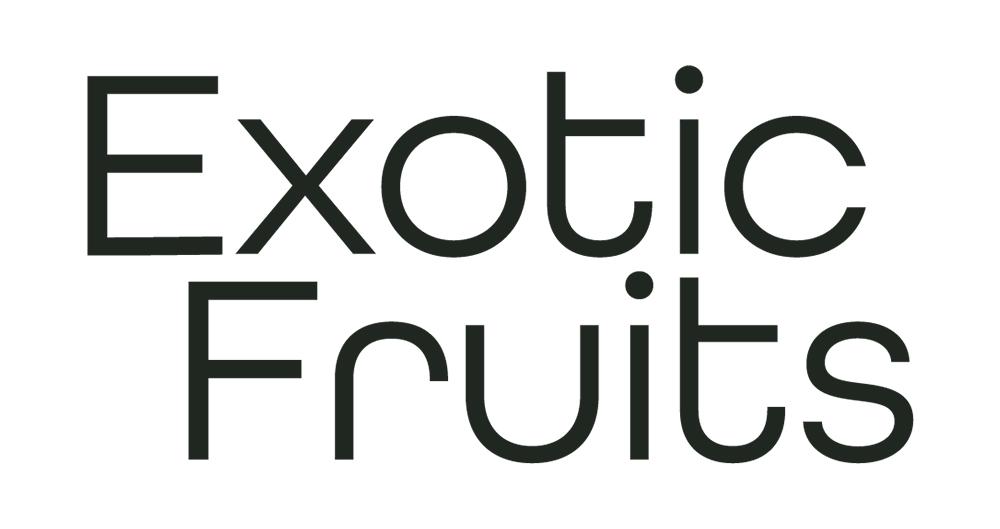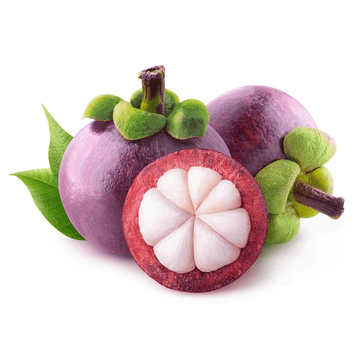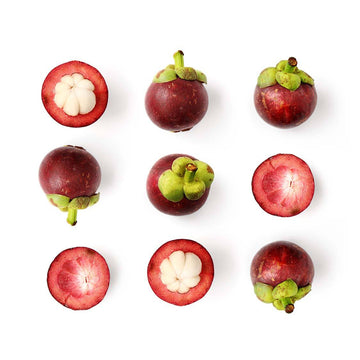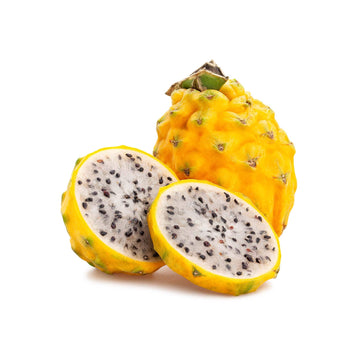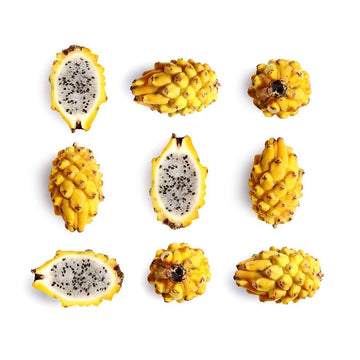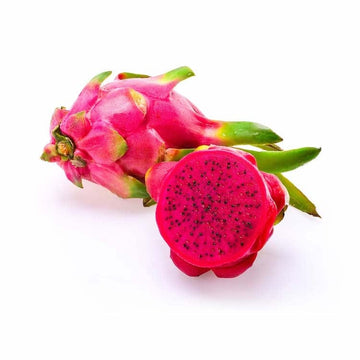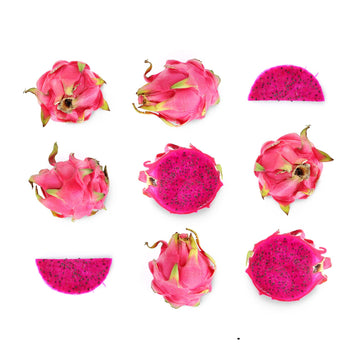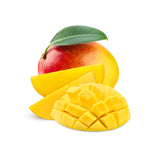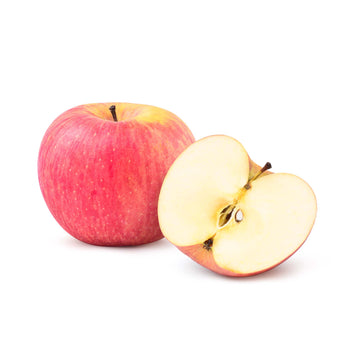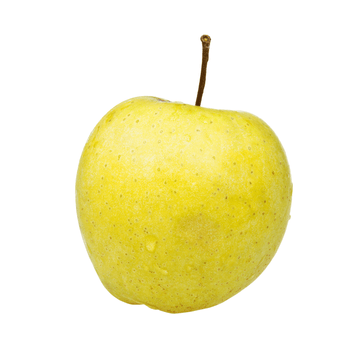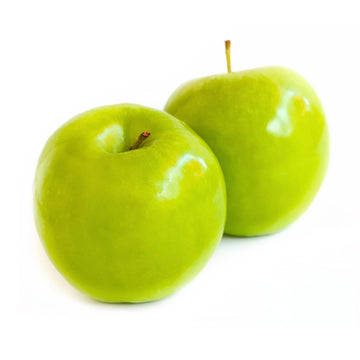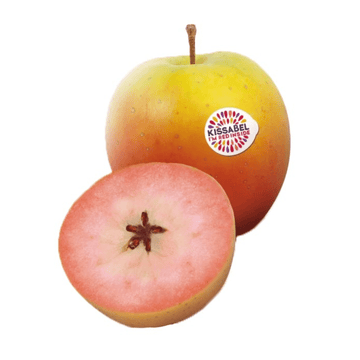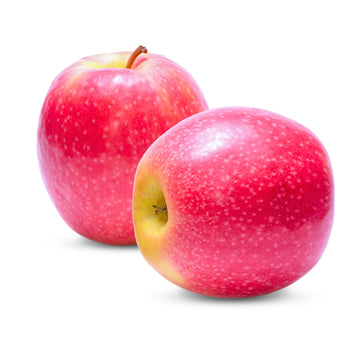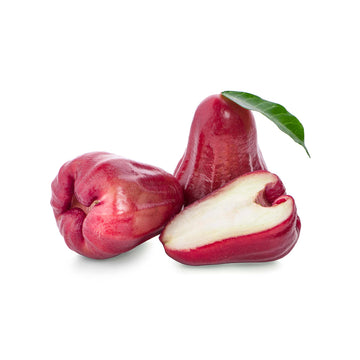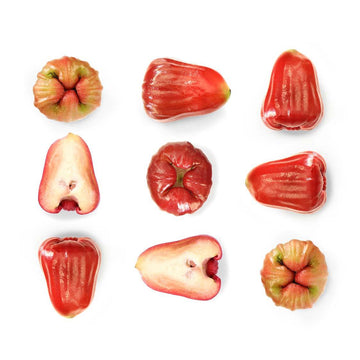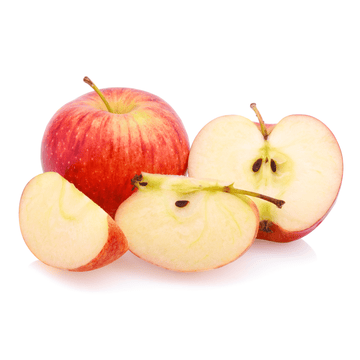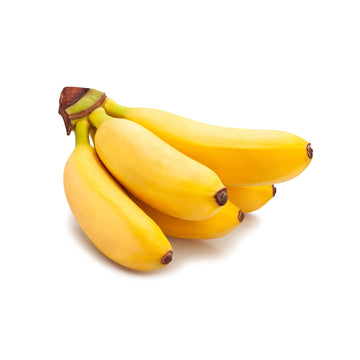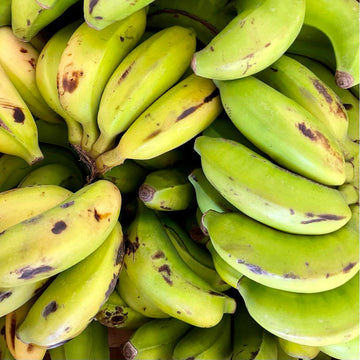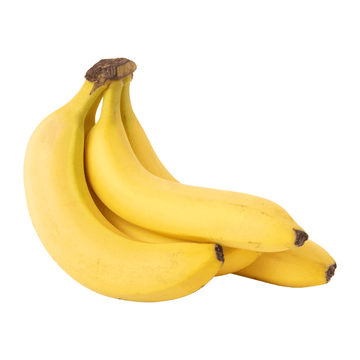Mango - Haden
Country of Origin - Florida
Class / Cat - CAT 1
Average Weight - 265 Grams per fruit
Introduction
The Haden mango doesn't just look great – it also offers a super sweet flavour with a custard like texture and very few fibres. The Haden Mango is known for its vibrant colour, sweet flavour, and velvety texture. It's easy to understand why it dominated the mango industry for more than 25 years in the 1900's.
History
In 1902, retired U.S. army officer, Captain John Haden, planted four dozen seedlings of Mulgoba mangoes at his home in Florida. Sadly, he passed away the following year, but his wife Florence continued to care for the trees which first fruited in 1910. One tree, in particular, produced superior quality fruit, with brilliant colour and an excellently rich flavour – this was the selected cultivar to carry the family name.
The Haden became a big commercial success, in the 1900's which led to it being cultivated in other locations with great success, such as Brazil, Honduras, Hawaii and Australia.
Regions
Originating from Florida, the Haden Mango has found its way to various tropical regions around the globe. Today, it is cultivated in countries such as India, Mexico, Brazil, and Thailand, where the warm climate and fertile soil provide the perfect conditions for its growth. These diverse regions lend unique characteristics to the fruit, resulting in delightful variations in flavour and aroma.
Flavours & Texture
A ripe Haden mango is very sweet with a custard like texture. It boasts a succulent and sweet taste with tropical undertones. Its vibrant yellow-orange flesh is tender, smooth, and juicy. The Haden Mango also has a citrusy, tropical flower aroma which further enhances its flavours.
Nutritional Value
Mangoes are low in calories and they are a good source of vitamins, fibre, and carbohydrates.
|
Calories per 100g |
65 kcal |
|
Fat |
0.3 g |
|
Carbohydrates |
17 g |
|
Fiber |
1.8 g |
|
Protein |
0.5 g |
|
Iron |
1 % of the RDI |
|
Potassium |
4 % of the RDI |
|
Vitamin C |
46 % of the RDI |
|
Vitamin A |
15 % of the RDI |
SHIPPING
Choose your desired delivery date at the checkout, available delivery dates will be displayed at checkout stage. All orders are dispatched on a 24hr Next Working Day service. If no date is selected your order will be dispatched at the next available date.
We offer Free Next Working Day Delivery on all orders over £75 including our selection boxes.
Our shipping rates are as follows:-
England - £6.95
Scotland - £11.95
Northern Ireland - Not currently available
Customers are responsible for being present at the shipping address provided on the date selected at checkout. Exotic Fruits are not responsible for any missed or attempted deliveries that must be rearranged by the customer.
All orders are packed in cardboard boxes with a biodegradable packing pellets, straw, or hay to protect the fruit during transit.
RETURNS
Let's start by stating the obvious. Since our produce is perishable we cannot accept returns.
That said, we want every customer to be happy so we do offer vouchers, refunds and replacements at our sole discretion if your fruit has arrived inedible. If you would like to report an item which has become damaged or perished during transit, please:- We are not responsible for products that spoil if there is not someone to receive your delivery on the date that you request it, full tracking is provided and can be requested anytime after dispatch.
